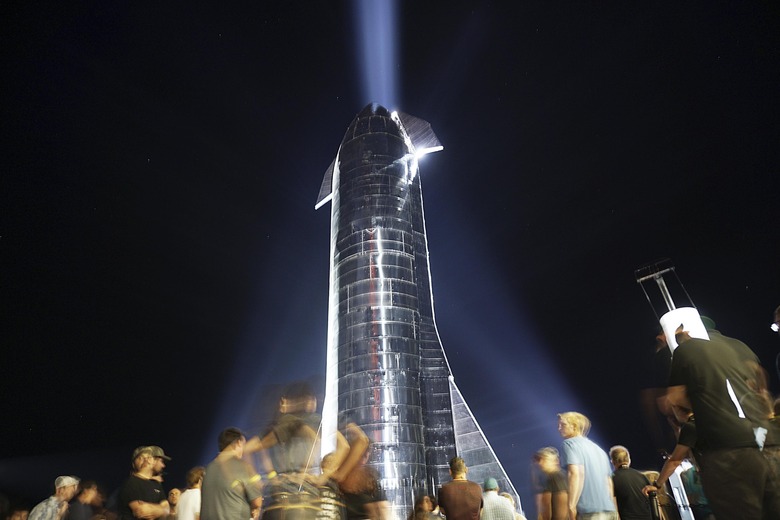Why Did SpaceX's Starship Prototype Explode?
Despite a launchpad abort and a rapidly-closing launch window, SpaceX managed to launch its Starship prototype SN10 on Wednesday, much to the delight of rocket fans around the globe. The takeoff went perfectly, and as the commentary on the live stream was sure to explain, everything about how the launch proceeded went as planned. The spacecraft reached its high-altitude target of around 10 kilometers before falling back to Earth on its side.
As it neared the landing pad, SN10 performed the first successful "kick maneuver," aligning the vehicle in an upright position and allowing it to land on its bottom end, just as it had taken off. Unfortunately, the landing wasn't perfect, and that became clear once the dust settled. Sitting at a slight angle, the last we saw of Starship on the official live stream was the seemingly flawed landing that followed the successful test flight... and then it exploded.
Thankfully, SpaceX wasn't the only one broadcasting the test flight, and hobbyist observers and journalists were also live-streaming the rocket landing pad after SpaceX cut its stream off. Those outlets treated the world to the sight of SN10 detonating, leaving behind a smoldering pile of metal and little else.
SpaceX was somewhat quiet after the incident, but the company is well known for embracing its failures right alongside its successes, and it wasn't long before Elon Musk and SpaceX itself acknowledged what had happened. In a lengthy summary of the test flight and aftermath, SpaceX called the explosion "a rapid unscheduled disassembly" but didn't elaborate on the possible causes.
We still don't know exactly what triggered the blast, but we know the failures that led up to it, and that's enough to paint a pretty clear picture. During its descent to the landing pad, the spacecraft's landing legs are supposed to deploy to support its weight. Some of those legs did what they were supposed to, but not all of them, and the result was a massive rocket that was forced to sit on its engine(s) rather than on its legs.
This, many well-informed SpaceX stans suggest, caused a methane leak. Since methane is lighter than air, the gas may have been trapped on the underside of the rocket shroud and, once it found a source of flame, it resulted in the catastrophic explosion we all saw. That all makes a lot of sense, and it probably won't be long before SpaceX confirms it as the most likely cause.
Nevertheless, the flight was a success in many ways. The reason the company conducts these test flights isn't (just) to impress the general public, but to collect data on how the spacecraft performs. Simulations will only take you so far, but hard data is gold, and the company collected a whole bunch of that during the launch and landing. As we creep closer to seeing Starship fulfill its promise as a next-gen rocket of the future, there will be more "failures" just like the explosion we saw this week, but an increasing percentage of successes as well.
